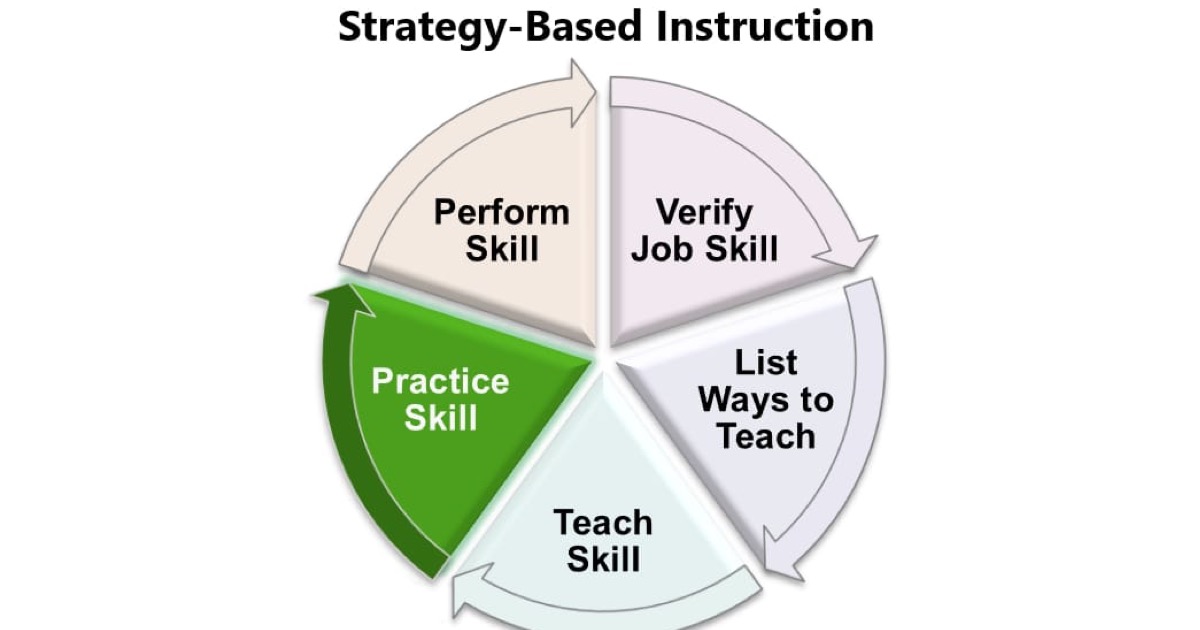In the previous post in our strategy-based instruction blog series, we walked through some best practices for coaching students to help them learn more effectively. In this step, we’ll focus on how you can help students apply and practice new skills without hindering their self-learning.
What’s the best way to ensure your students understand how to use their new knowledge without doing the thinking for them?
Coaching vs. Teaching
When you first introduce a new concept to students, your intention is to provide them with knowledge. You don’t expect them to know the answers already; they rely on their textbooks, their online resources, and your expertise as an instructor.
After students gain some knowledge on the subject, they need to figure out how to apply it. This is where coaching differs from teaching. When you coach students, your goal is to ask questions and work with the students to help them develop their own abilities. You should never step in to do the task for them; this would be taking away a valuable learning opportunity.
Getting Started with Strategy-Based Instruction
Make Connections
To reinforce what they’ve learned, students need to practice. Sometimes this means going through a task several times or in different ways.
For automotive classes, repetitive hands-on practicing isn’t always possible. Automotive projects can be massive and time-consuming because they begin with diagnosing an issue and go all the way through verifying that the problem has been fixed. As an instructor with limited shop time, practicing the entire process in one session often isn’t possible.
Therefore, the best thing instructors can do is to consistently remind students during each piece of the process:
- What came before
- What needs to happen now
- What comes next
Students need to understand how the task they are currently performing is relevant to what they worked on last time and what they will work on next.
Help students remember the big picture. For example, today they may be replacing a wheel bearing during class. Remind them that the work they are doing began with a customer coming in with a noise complaint and that after the work is finished, they will need to make sure the concern has been addressed.
Simulate On-the-Job Activity
As students spend time practicing their skills in the shop, instructors should act as coaches to simulate an on-the-job experience as much as possible. Remember that the customer in this scenario is the employer, so students should be training to perform these tasks on their own.
Instead of jumping in to help students, guide them toward the correct behaviors. If you ensure their practice time reflects what they will experience on the job, they will have an easier time retaining the correct behaviors with future employers.
Sufficient practice time is important, but how can you be sure your students have learned the necessary skills? In the next and final step of Strategy-Based Instruction, you'll learn more about how to measure your students' success.
Stay up-to-date with the latest from the CDX blog.
